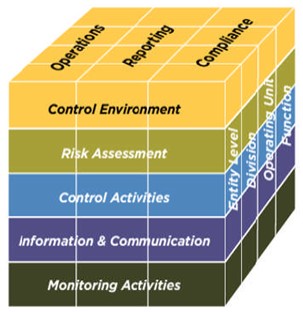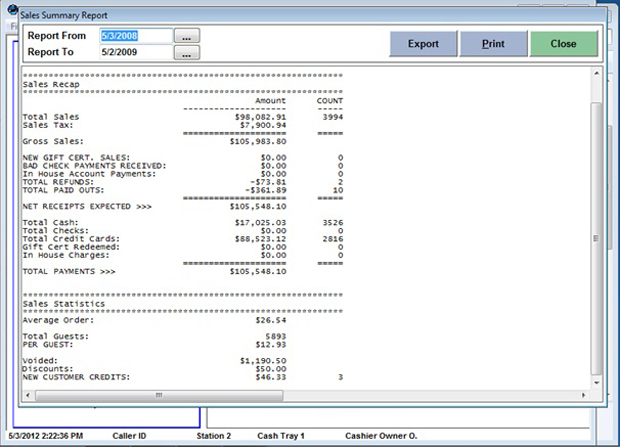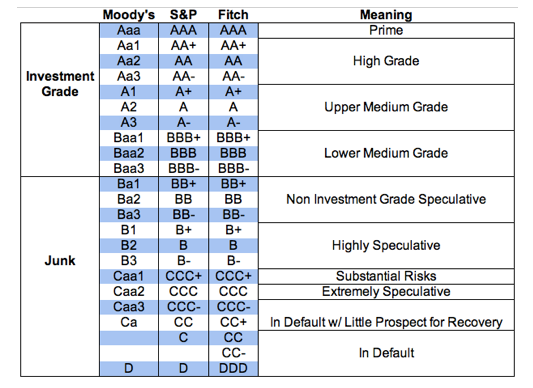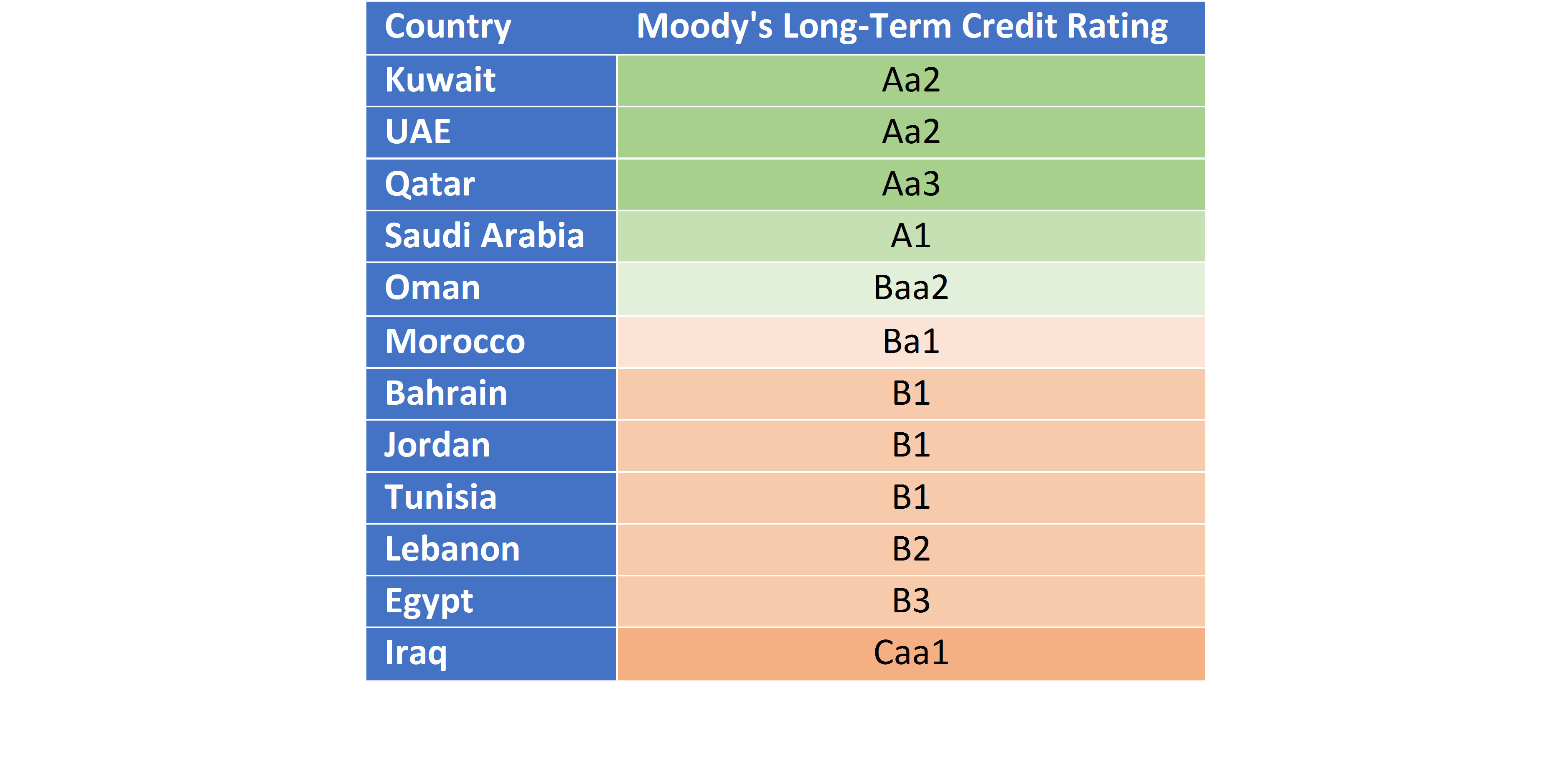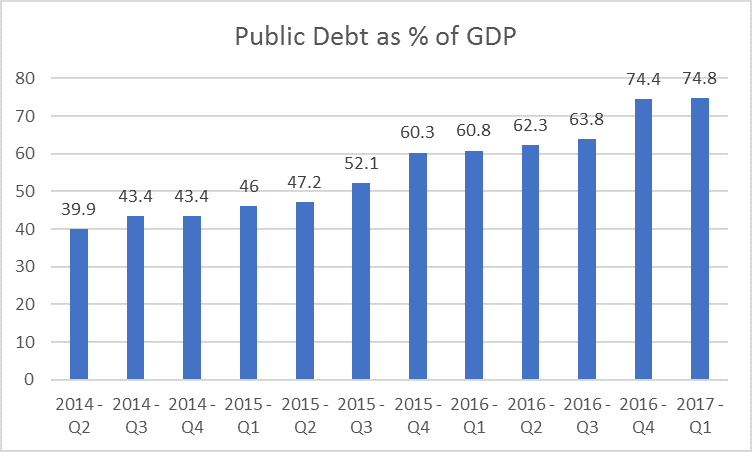We receive a lot of enquiries asking about Business Process Reengineering (BPR), what is it, what is it used for, its benefits, and when or why a company should require such a service. We hope that this article summarizes BPR and its benefits.
Business Process Reengineering has become synonymous with upgrading a company’s IT infrastructure, however, in its essence, the process aims towards increasing efficiency and eliminating losses. Whether a new IT system is implemented or not is a byproduct of the process.
Business Process Reengineering (BPR) is the analysis and redesign of core business processes to achieve substantial improvements in performance, productivity, efficiency and quality. A business process refers to a set of interlinked tasks or activities performed to achieve a specified outcome.
To put it simply, Business Process Reengineering aims to change the way an individual performs a task such that better results are accomplished. The purpose of Business Process Reengineering is to redesign the workflows in order to dramatically improve customer satisfaction levels, achieve higher levels of efficiency and productivity, and eliminate losses in time, effort, and cash.
A company might be compelled to undergo a Business Process Reengineering project for the following reasons:
- The process the company is using might be outdated.
- Often, sub-divisions in the organization aim at improving their respective division performance and overlook the resultant effects on the other departments. This might lead to the under-performance of the firm overall.
- The existing business processes might prove to be lengthy, time-consuming, costly or obsolete, therefore, they are required to be redesigned to match current business requirements.
- The fast pace of introduction of new technologically advanced solutions nowadays may deem a company’s system outdated and obsolete. This will require a major change in the company’s IT infrastructure triggering the need for a BPR project.
Thus, Business Process Reengineering Projects concentrate on obtaining quantum gains in terms of cost, time, output, quality, efficiency and responsiveness towards customers. Also, it emphasizes on simplifying and streamlining business processes by eliminating unnecessary or time-consuming business activities and speeding up the workflow by making use of high-tech systems.
Signs that a company might be required to undergo a BPR project include symptoms such as:
- Reoccurring conflicts within the organization
- An extremely high frequency of non-productive meetings
- Unstructured communication
- The ability of the competition to perform better using the same resources
BPR projects are considered to be an aggressive change in the company’s procedures. It is therefore governed by a set of steps and milestones that have to be reached in order to minimize the risk of unwanted business interruptions. These steps can be summarized as follows:
Step 1: Define objectives and framework
Step 2: Identify customer needs
Step 3: Study the exciting business process
Step 4: Formulate a redesign business plan
Step 5: Implement the redesign plan

